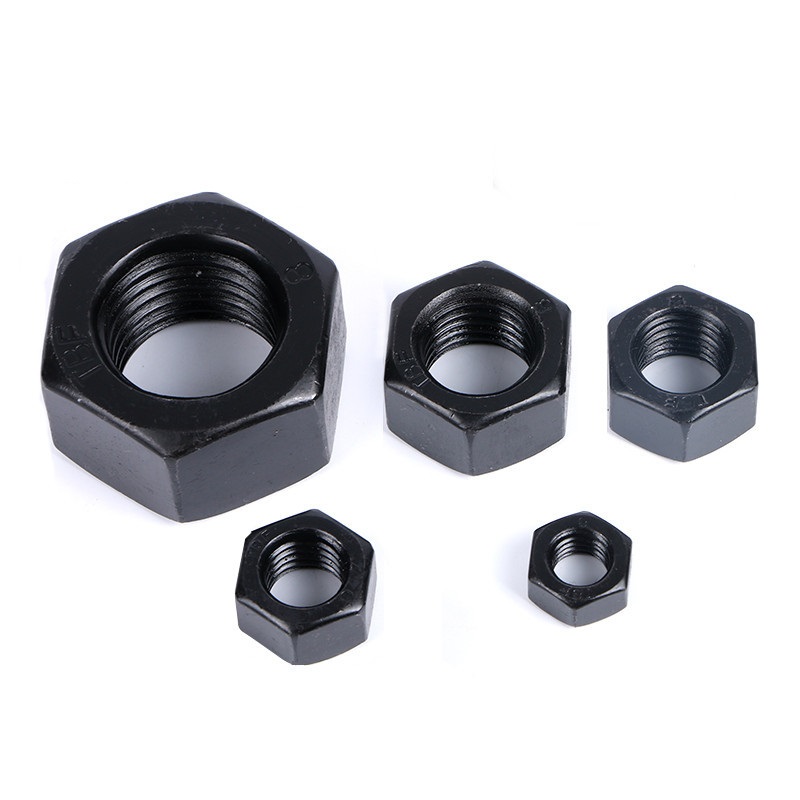The Backbone of Vehicle Assembly: Understanding Automotive Fasteners in Depth
Introduction
In the intricate world of automotive engineering, fasteners are among the smallest yet most critical components. These mechanical devices hold together the various parts of a vehicle—from the engine to the chassis, from the interior panels to the braking system. Despite their simple appearance, fasteners ensure structural integrity, performance, and safety. Without them, even the most advanced automotive designs would fall apart—literally.
This article explores what automotive fasteners are, their types, materials, manufacturing processes, and how they influence modern vehicle design and maintenance.
What Is a Fastener in Automotive Engineering?
A fastener is a hardware device that mechanically joins or affixes two or more components together. In the automotive industry, fasteners are used in both permanent and non-permanent joints. While welding and adhesives provide permanent bonding, fasteners such as bolts, screws, and rivets allow for disassembly, repair, and maintenance—making them vital for serviceability.
Fasteners are used throughout a vehicle, including:
Engine components
Transmission and drivetrain
Suspension systems
Interior assemblies (dashboards, seats)
Exterior body panels
Electronic control units and wiring harnesses
Types of Automotive Fasteners
There are various types of fasteners, each designed for specific load conditions, materials, and environments:
1. Bolts and Nuts
Bolts are externally threaded and usually paired with nuts.
Common in engine blocks, suspension mounts, and chassis frames.
Provide strong clamping force and can be reused (unless torque-to-yield).
2. Screws
Used in lighter assemblies, such as interior trims and plastic parts.
Can form their own threads in softer materials (self-tapping screws).
3. Studs
Threaded rods with no head, permanently affixed at one end.
Often used in high-stress environments like exhaust manifolds.
4. Rivets
Permanent fasteners used when welding isn’t suitable.
Common in structural joints and vehicle frames (especially in aerospace-derived lightweight vehicles).
5. Clips and Retainers
Plastic or metal clips used in wiring harnesses and interior panels.
Allow for quick assembly and disassembly.
6. Washers and Spacers
Distribute load or maintain spacing.
Prevent surface damage and help with torque control.

Materials Used in Automotive Fasteners
Fasteners must endure thermal cycles, vibrations, torque, corrosion, and load-bearing conditions. Therefore, material selection is critical:
Carbon Steel: Most common, economical, and strong. Often used with protective coatings.
Alloy Steel: Enhanced strength and fatigue resistance.
Stainless Steel: Corrosion-resistant but generally lower strength.
Aluminum: Lightweight and corrosion-resistant, ideal for electric vehicles and body panels.
Titanium: High strength-to-weight ratio, used in performance and racing applications.
Plastic/Nylon: Used for clips, retainers, and low-load applications.
Coatings and Finishes:
Zinc plating, phosphating, and anodizing improve corrosion resistance and aesthetics.
Thread-locking adhesives may be applied to prevent loosening.
Manufacturing and Standards
Automotive fasteners are manufactured using processes like:
Cold heading (for shaping heads)
Thread rolling
Heat treatment (for strength and durability)
Surface coating
They must meet stringent automotive standards, including:
ISO 898 for mechanical properties
SAE J429 and ASTM A574 for material and strength specifications
OEM-specific requirements, such as General Motors GMW or Volkswagen TL standards
Design Considerations in Automotive Fasteners
Load Type and Direction: Axial, shear, torsional—each affects fastener choice.
Vibration and Loosening: Requires special designs like lock nuts, thread lockers, or serrated heads.
Thermal Expansion: Fasteners must accommodate expansion/contraction due to temperature changes.
Weight Reduction: In EVs and high-performance cars, using aluminum and plastic fasteners can reduce overall vehicle mass.
Ease of Assembly: Automated assembly lines demand fasteners compatible with robotic tools and torque-controlled systems.
Failure Modes and Maintenance
Common causes of fastener failure include:
Over- or under-tightening
Corrosion
Fatigue cracking
Thread stripping
Improper material selection
Regular maintenance procedures often involve torque checks and fastener replacement, especially in safety-critical systems like brakes and suspension.
The Future of Automotive Fasteners
With advancements in vehicle electrification, autonomy, and lightweighting, the role of fasteners is evolving:
Smart fasteners with embedded sensors can monitor tension and torque in real time.
Lightweight composite fasteners are emerging for EVs.
Modular designs require reusable and quick-release fasteners for ease of service.
Sustainability: Recyclable materials and coatings are being prioritized by OEMs.
Conclusion
While often overlooked, automotive fasteners are fundamental to vehicle safety, performance, and longevity. They embody a fine balance between material science, mechanical design, and manufacturing precision. As the automotive industry evolves, so too must the tiny yet indispensable fastener—ensuring that every part of your vehicle stays firmly, and safely, in place.
And Get A Free Consultation!

 English
English 中文简体
中文简体

